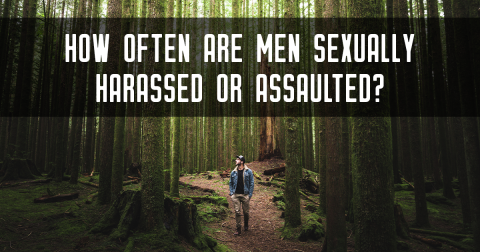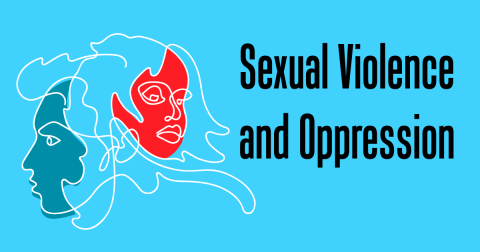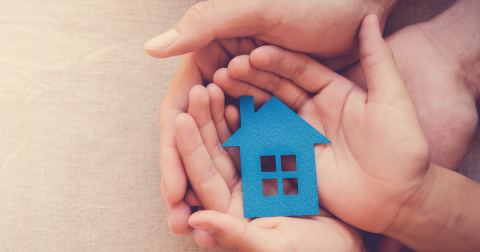Sexual Assault, Housing and HUD Funding: A Webinar for State and Territory Sexual Assault Coalitions
- March 12, 2021
- Emily Bigger
Sexual assault, abuse, and harassment can be risk factors for homelessness, and homelessness is a risk factor for experiencing rape or sexual assault. Both sexual violence and homelessness are the result of historical and structural oppression, with Black individuals, other people of color, and Indigenous individuals experiencing both homelessness and sexual violence at much higher rates. This webinar will dig into how sexual violence coalitions could use Housing and Urban Development (HUD) funding to benefit sexual violence survivors. To learn more about sexual violence and housing see
- March 01, 2021
- Emily Bigger
Join advocates, activists, survivors, and supporters who are getting involved in 2021 Sexual Assault Awareness Month this April on Instagram. Daily prompts encourage creative ways for you to raise awareness, educate, and connect with others — plus you can win prizes along the way.
- February 15, 2021
- Emily Bigger
"Comprehensive Sexuality Education as a Primary Prevention Strategy for Sexual Violence Perpetration" explains the link between school-based sex education programs and sexual violence prevention, and how sex education can become an important strategy in preventing harm.
- January 15, 2021
- Emily Bigger
This annotated bibliography provides descriptions of recent research related to sexual victimization of men. It provides an overview of sexual assault, harassment, and abuse experienced by diverse populations of men in a variety of settings. This resource is part of Working with Male Survivors of Sexual Violence. Publish Date January 2021
- January 15, 2021
- Emily Bigger
Many survivors of sexual assault, abuse, and harassment have housing needs – either due to sexual violence happening in their home, experiencing homelessness, or needing safe housing to heal from the effects of sexual violence. This one-page resource list for advocates, housing providers, and others who serve sexual assault survivors provides general information on the connections between sexual violence and housing. This resource list supplements a more extensive online collection. Publish Date January 2021
- December 18, 2020
- Emily Bigger
How often are men sexually assaulted or harassed? In this infographic, we provide statistics on the prevalence of sexual violence for men. This resource is part of Working with Male Survivors of Sexual Violence. Publish Date December 2020
- December 18, 2020
- Emily Bigger
Men who survive sexual violence come from many different backgrounds and communities. In this infographic, we share statistics on the race, ethnicity, sexual orientation, gender identity, and disabilities of men who have experienced sexual assault. This resource is part of Working with Male Survivors of Sexual Violence. Publish Date December 2020
- August 13, 2020
- Emily Bigger
Certain groups of people experience sexual violence at higher rates. We’ve all read or heard this type of statement before, right? We know that sexual violence is inextricably tied to oppression, but how do we communicate effectively about this? Learn more with this infographic. Publish Date August 2020
- July 21, 2020
- Emily Bigger
A new analysis on workplace sexual violence has been published, providing a new window into workplace-related sexual violence. This analysis provides information into specific types of sexual violence people have experienced by a workplace-related perpetrator and offers a closer look at the perpetrators of these behaviors. Publish Date July 2020
- June 04, 2020
- Emily Bigger
This annotated bibliography highlights research articles documenting studies on the relationship between sexual violence, housing, and homelessness. The bibliography summarizes studies published between 2010 – 2020 on sexual violence experienced at different stages of the lifespan by people who have experienced homelessness or housing instability. Current research suggests that people who have experienced homelessness are at an increased risk for experiencing sexual violence, and that sexual violence is a risk factor for homelessness and housing instability
Pagination
- Previous page
- Page 2
- Next page









